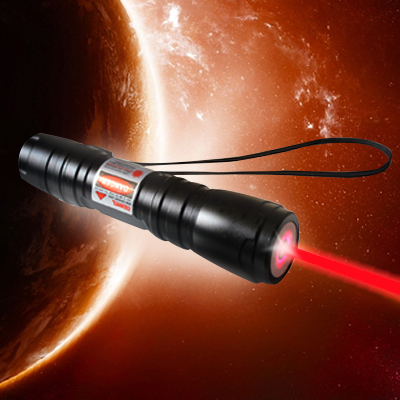Typically, these instruments include gain or amplification media, pumping mechanisms, and systems for providing optical feedback. The green laser pointer works according to the principle of photoelectric absorption and stimulated emission. The gain medium of these instruments can be solid, liquid or gaseous materials. The medium receives external energy and directs it to atoms or electrons to excite them to a higher energy state, and can be adjusted according to shape and size, concentration and purity. The resonant optical cavity is a special-sized cavity with a reflector at one end and a half-silvered mirror at the other end. These two reflective surfaces make the light trapped inside reflect back and forth through the gain medium, and each time it passes through it will get more energy. When this effect stabilizes, the gain is considered to be saturated, and the light becomes a real laser. Different gain media will produce lasers of different wavelengths. To manufacture a laser, two components are needed-a gain medium and a resonant optical cavity. For gain media, certain crystals, glasses, gases, semiconductors, and even dyed liquids can be used. The gain medium is stimulated by an energy pump source (such as an electric current or other laser). The medium absorbs energy and excites the state of the particles in the medium. After reaching a certain threshold (called overall inversion), the light emitted through the medium will cause more stimulated emission or release of energy than absorption.

Population inversion refers to a state where the number of particles in a highly excited state exceeds the number of particles in a low excited state. In this state, the rate of laser emission will exceed the rate at which electrons absorb energy. Therefore, the light beam emitted in the form of photons is amplified. There is an optical cavity inside the device. It is mainly because there is a pair of mirrors (also called output couplers) on each side of the gain medium, so that every time the beam is incident on the mirror, it will be reflected back and forth through the amplified medium. The two mirrors One is transparent, allowing some light to escape through it. If the existing mirror is curved, the light exits as a narrow beam, and if the mirror is flat, the beam will spread out.
